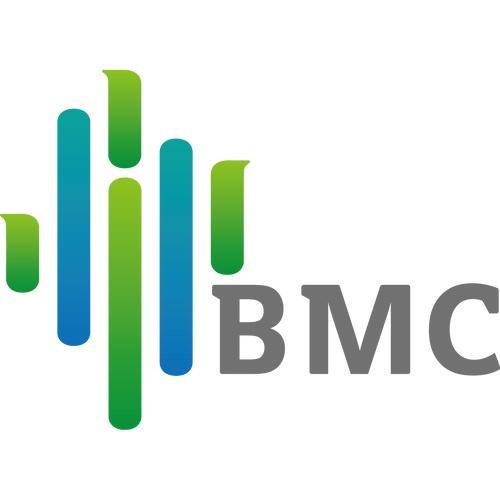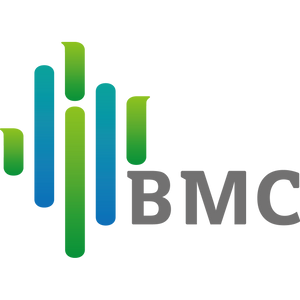What should I do if I wake up with shortness of breath when I just received CPAP treatment?
One patient said: "I was diagnosed with severe OSAS, and my diagnosis was "airway stenosis" during the fiberoptic nasolaryngoscopy. The doctor said I was not suitable for surgery and recommended ventilator treatment and weight loss. I bought a CPAP (continuous positive airway single pressure Auto CPAP) on the advice of my doctor. My family said that every time I snored after I fell asleep, the machine increased the pressure from 4cmH2O up to 19cmH2O, and then it stayed at 19cmH2O. During the first few hours of sleep with CPAP, I woke up because the machine pressurized me when I snored, and I felt difficulty in breathing. What should I do?"
There are many patients who have the same problem. Next, we will explain in detail why you feel shortness of breath and wake up from sleep with CPAP machine treatment, and how to solve it.
Reasons why newbies feel shortness of breath when using a CPAP
1. Nasal blockage and nasal dryness may cause breathing difficulties
Patients with nasal polyps, deviated nasal septum, and nasal discomfort should use a CPAP machine after surgical correction of these deformities, and patients with severe sinusitis should also go to ENT department for appropriate treatment first. Obese patients shall lose weight.
The cold air produced by the CPAP ventilator can stimulate the nasal mucosa, causing vasodilation and mucosal congestion with edema, and some patients with allergic rhinitis may have acute onset.
How to relieve?
It is important to strengthen the humidification by adding warm water to the humidification bottle if necessary or even using a thermostatic humidifier, and nasal mucosal constrictors such as ephedrine in nasal drops during sleep are also useful.
2. Fear of first-time use
The first time you use it, you may feel a lot of pressure and will unconsciously hold your breath. Due to your sympathetic excitement, it is important to correct the hypoxia in time to avoid damage to the heart muscle and brain. Patients should try to adjust their mindset, calm their mood and breathe according to their usual rhythm.
3. Pressure setting of single pressure CPAP is too high or too low
Because the pressure of the single pressure CPAP is unidirectional, and the exhalation pressure has to do a confrontation with the inhalation pressure, if the night pressure demand is too high, there will be outward exhalation effort.
If this happens to you at first, it is a normal phenomenon, you can adapt to it for a few days, and generally speaking, you can adapt to it in less than a week, if you can't adapt to it, you have to adjust the parameters, you can adjust the maximum pressure a little bit, so that the user can use it at night first, and then adjust the pressure after slowly adapting to it.
4. Bipap is more suitable for severe patients
At the beginning of CPAP therapy, the patient's REM sleep phase is rebounded and the upper airway is prone to complete or incomplete obstruction, resulting in shortness of breath awakening. By increasing the pressure of the CPAP machine, the discomfort disappears in some patients. Patients who are obese (respiratory pressure is related to body weight) and have severe apnea generally require higher CPAP machine pressure.
However, it is usually difficult to tolerate such high pressures, so we recommend suspending the use of single pressure CPAP machines and replacing them with bilevel pressure CPAP. Because there are two pressures in the automatic bilevel pressure CPAP, one is the inspiratory pressure and one is the expiratory pressure, there is a pressure difference between one inspiratory and one expiratory, so the comfort level of bilevel pressure CPAP will be higher.
A poor first-night outcome does not mean treatment failure
Any new CPAP user has to go through a period of learning and adaptation before he or she is comfortable using it. The average patient takes 3 nights or more to get used to it. Younger patients have better tolerance and mastery than older patients and those with milder conditions, and require a degree of patience. Any problems that arise during use should be reported to the physician in a timely manner so that they can be resolved in a timely manner.
It is better to choose the automatic mode when applying the single pressure CPAP. It takes a lot of experience to learn how to wear the mask without air leakage and with proper tightness, clean it regularly, and use the ramp time function appropriately. Failure to pay attention to any of the smallest aspects may result in treatment failure or loss of confidence in treatment.
Note for use:
- The direction of the exhaust hole should be back to the patient, so as not to exhale airflow blowing head and face, causing discomfort to the patient.
- Check frequently to prevent the exhaust hole from clogging the humidifier.
- The required pressure value varies with the body position during sleep and is higher in supine sleep than in lateral sleep.
- Severe rhinitis can affect the effectiveness of the ventilator, so it is recommended to deal with rhinitis first.
- It is also important to use mandibular support to reduce air leakage through the mouth, as chronic oxygen deficiency leads to open mouth breathing.
- Gradually adjust the pressure parameters, and change the CPAP if necessary.


